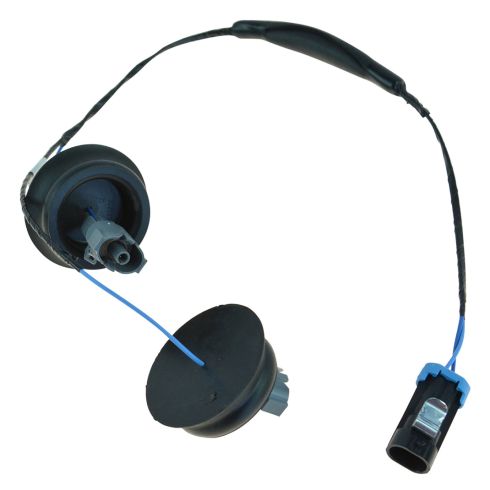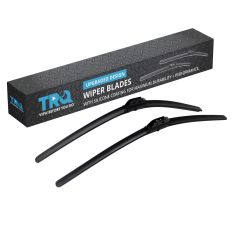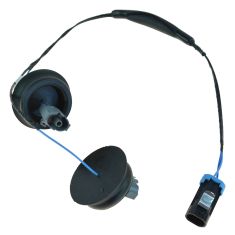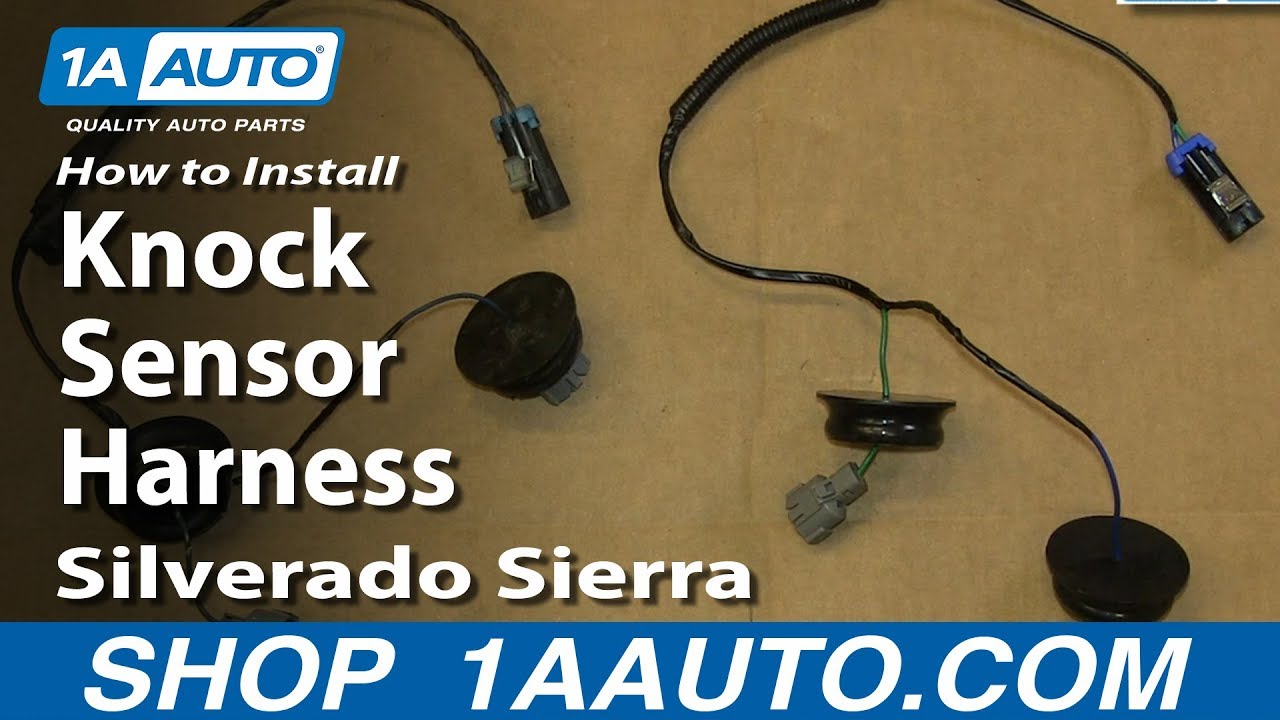GMZWH00005-Engine Knock Sensor Harness General Motors OEM 12601822









Replaces
1999 Chevrolet Corvette with Dual Connectors with Grommets Engine Knock Sensor Harness General Motors OEM 12601822





Recommended for your 1999 Chevrolet Corvette
Frequently bought together
Product Reviews
Loading reviews
Customer Q&A
No questions have been asked about this item.
Chevrolet is a registered trademark of General Motors Company. 1A Auto is not affiliated with or sponsored by Chevrolet or General Motors Company.
See all trademarks.











